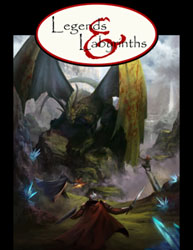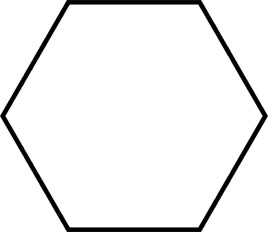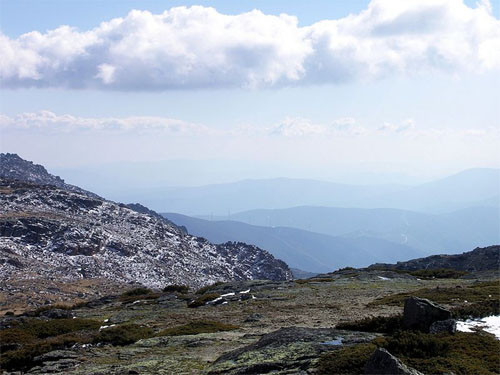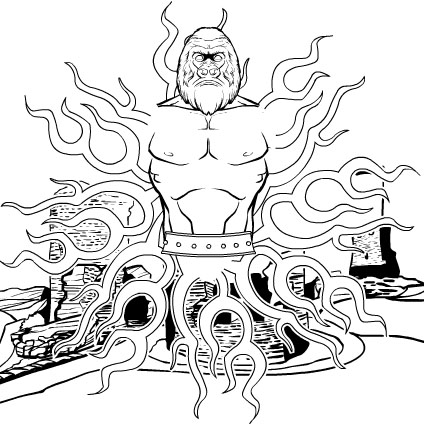First things first, you need to click through this link to Goblin Punch and read the blog post there:
Okay? Done? Good. Because this next bit isn’t going to make any sense unless you know what I’m talking about.
Let’s start with a random rules check: Summoning spells physically bring the creature or object from some other place, they don’t create them out of whole cloth.
I’m not sure if that simplifies the ethical implications of this concept or makes it much, much worse: Are these actually versions of Catherine from alternate dimensions? If so, does the Catherine of this dimension actually deserve any recompense for their labors of her other-dimensional “siblings”? They’re effectively immortal while here and if they’re actually returned to the same place and time as the one that they left, are they actually being exploited? What if people start disappearing from this dimension and it’s determined that it’s a result of people summoning them?
Not all of these issues actually require “Catherine” to show up in your setting: The summon monster spells already allow spellcasters to summon intelligent beings to come and do their bidding. There’s a really tremendous ethical mire lurking there. “Catherine” just brings it into sharper focus and puts it center stage.
And even if you’re not interested in the ethical conundrums presented by this particular “what if”, consider all the immediate fantasy plots that fall out of it: You’ve got wizards fighting to gain (or protect) arcane secrets. You’ve got the wizard’s guild encroaching on the whore business. You’ve got mobsters trying to get their hands on the spell (and wizards possibly trying to stop them because they’re uncomfortable with that sort of thing). You’ve got people obsessed with the summoned/created Catherines trying to stalk or kidnap the “real deal”.
If you can’t find at least a half dozen potential scenarios in all of that, then you’re not really trying.
(In a modern setting with magic I’m imagining a similar scenario also resulting in organ donor scams. The PCs get called in when recent transplant recipients start dropping dead because their new organs have vanished inside them. Although I suppose it doesn’t take much imagination to imagine angry diabolists hunting down an arcanist because their human sacrifice retroactively vanished and their demonic patron is unhappy about it.)
















